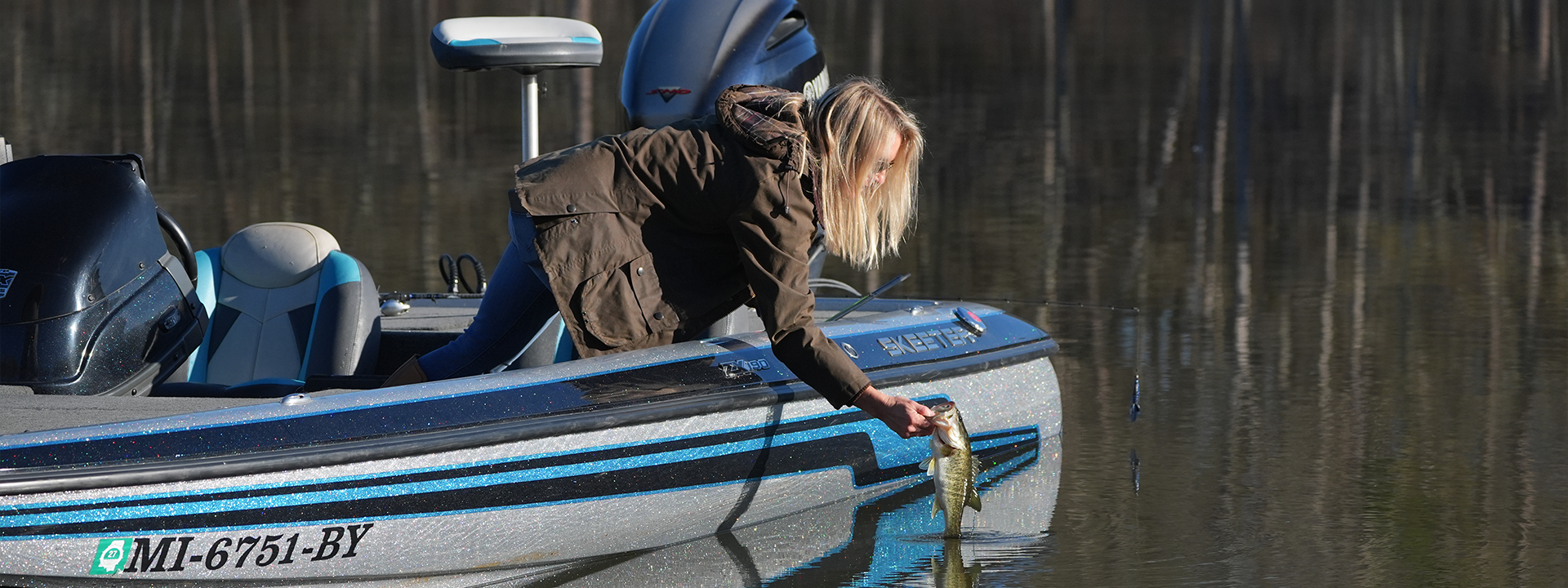

Many boaters fail to follow the rules while on the water. Did you know that one of the highest boating fatality rates belongs to those who hunt or fish from boats? Whether you’re new to boating or have been doing it for years, please read these safety tips. It just might save a life.
Check the weather: Sudden wind shifts, lightning flashes and choppy water all can mean a storm is brewing. Bring a portable radio to check weather reports.
Take extra gear you may need: A flashlight, extra batteries, matches, a map of where you are, flares, sunscreen, first aid kit, extra sunglasses. Items that need to be protected can be placed in a watertight pouch or a floating container.
Always tell someone where you are going, who you are with, and how long you will be gone: If something were to happen to you, someone would know where to look. Then check your boat, equipment, balance, engine, and fuel supply before leaving.
Ventilate after fueling: Open hatches, run the blower, and most importantly, carefully check for gasoline fumes in the fuel and engine areas before starting your engine.
Stay dry and warm: Wear several layers of light clothing and bring rain gear.
Keep gear clean and well packed: A loose fish hook can cause pain and ruin a great outing. Bring extra rope to secure the boat or equipment.
When changing seats, stay low and near the centerline of a small boat. Be ready for trouble when a powerboat passes you in a narrow channel: As the lead boat (the one with the right of way), stay on your side of the channel and maintain a steady speed so the overtaking vessel can pass you safely. Use your radio to discuss this with the passing boat.
Anchor from bow, not stern: Your anchor rope should be five times the depth of the water where you are boating.
Take a safe boating course: You may earn lower boat insurance costs as an extra benefit.
For more information related to boating and Boating Safety Classes, visit mdwfp.com/enforcement-education/boater-education.